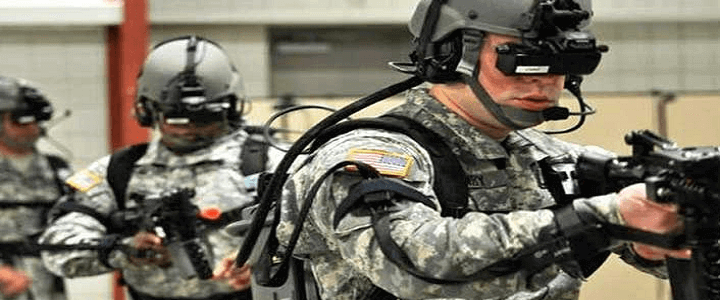The Army, which recently announced that its new Futures Command will be headquartered in Austin, Texas, is poised to create job opportunities for those who want to help the service improve its sluggish acquisition system while working in the vibrant state capital.
“The headquarters will consist of a mix of soldiers and civilians, largely civilian,” said Lt. Col. Patrick Seiber, an Army spokesman. “While details are still being worked on manning the headquarters, we do anticipate there will be some hiring for positions in Austin.”
The headquarters is expected to have about 500 employees when it becomes fully operational next summer. While the command will have a downtown office, Army Undersecretary Ryan McCarthy said he envisions that some of the command’s soldiers and civilians will work in technology “incubator hubs” alongside entrepreneurs, scientists and researchers.
The Army has set up a website, www.armyfuturescommand.com, to keep the public informed about its progress in launching the command. The site says the Army will be looking for “top talent with a passion to shape the future, innovative minds to solve complex technical and organization problems, [and] people who thrive on bold, fast-paced teams.”
The site encourages people interested in working for the command to “check back soon for more information on career opportunities.”
The command is designed to consolidate and streamline the Army’s modernization efforts to speed up the development and fielding of new equipment and help the United States maintains its technological edge over potential adversaries, such as China and Russia.
“This is a big year for the Army because we believe that we need to significantly reform the way the Army does research and development, testing and evaluation, procurement, and everything else that contributes to the modernization process,” Army Chief of Staff Gen. Mark Milley said.
Army Secretary Mark Esper wants the command to spur improvements in the Army’s six modernization priorities: long-range precision fires, next-generation combat vehicles, future vertical lift platforms, networks, air and missile defense and soldier lethality.
“We have some critical technologies out there that are essential to fulfilling our six modernization priorities, whether it’s directed energy for air and missile defense, whether its hypersonics for long-range precision fires or whether it’s robotics and artificial intelligence for our next-generation combat vehicle,” Esper said.
President Donald Trump is expected to nominate Lt. Gen. John Murray, the Army’s deputy chief of staff for programs, to lead Futures Command. His appointment, including his promotion to four-star general, will require Senate confirmation.




